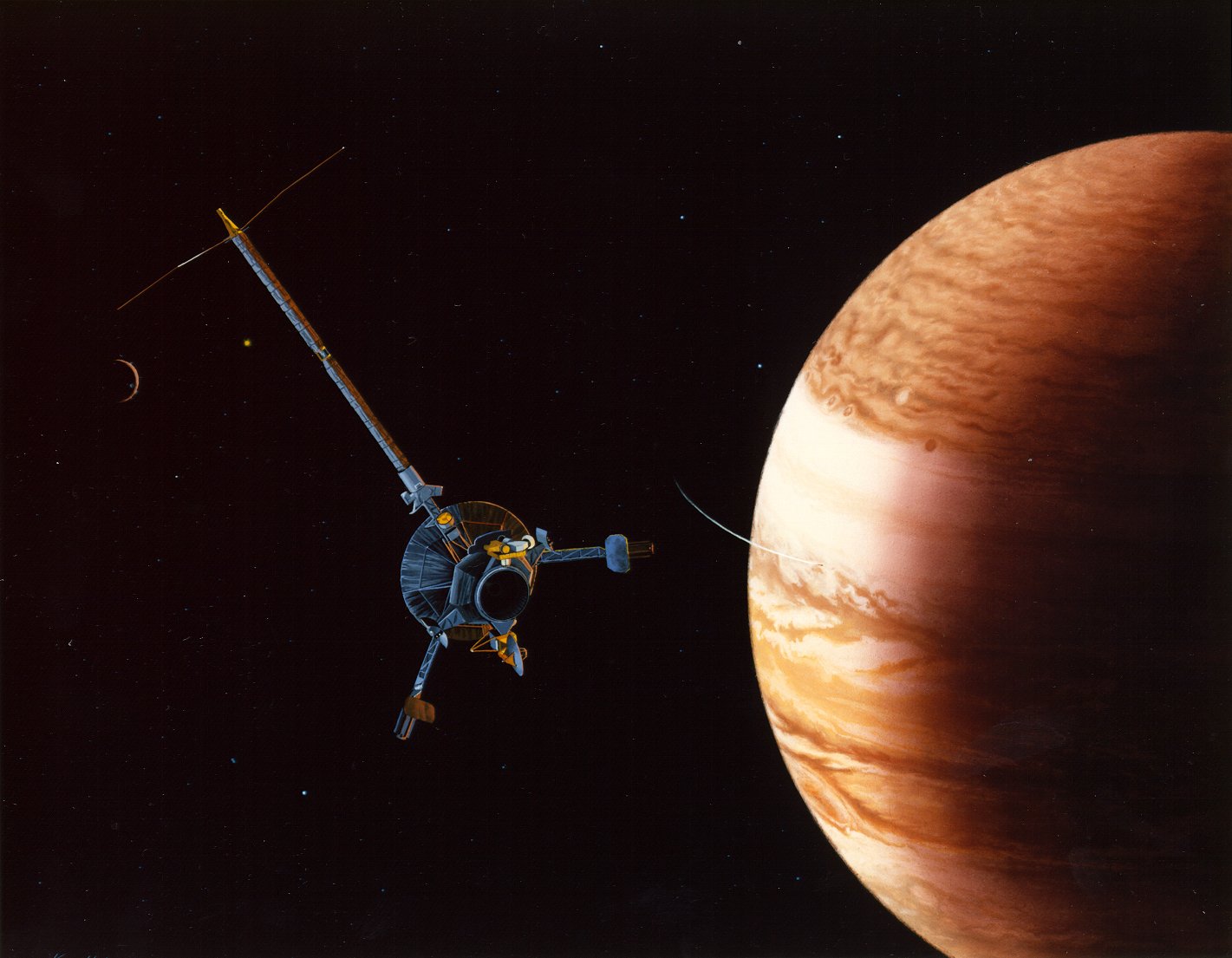

The Galileo Control Segment (GCS) is responsible for a large range of functions to support satellite constellation control and management of Galileo satellites. The GCS and GMS interfaces the satellites with a worldwide ground station network implementing control and monitoring functions. The GCS handles spacecraft housekeeping and constellation maintenance while the GMS handles navigation system control. Each control centre manages control functions supported by a Galileo Control Segment (GCS) and mission functions, supported by a dedicated Galileo Mission Segment (GMS). The core of the GALILEO ground segment are the two Galileo Control Centres (GCC).
#GALILEO ORBITER SERIES#
It comprises two control centres, a global network of transmitting and receiving stations implementing monitoring and control functions and a series of service facilities which support the provision of the Galileo services. The Galileo Ground Segment is the responsible for the proper operation of the GNSS system. The satellites are deployed gradually according to the Galileo Program schedule. The broadcast signals also provide a reference by which the less stable user receiver clocks can continuously reset their time. The Galileo system uses the clock frequency as a very stable reference by which other units can generate the accurate signals that the Galileo satellites will broadcast.

The frequency is at around 6 GHz for the rubidium clock and at around 1.4 GHz for the hydrogen clock.

Each of the 30 satellites in the Galileo system has two of each type of clock on board, a rubidium and a hydrogen maser clock. Highly accurate atomic clocks are installed on these satellites. Galileo Reference Orbit Parameters Reference Orbit Parameter In the following table are shown the Nominal Value of the different Reference Orbit Parameters: This means that for any fixed Galileo user, the local satellite geometry at a given instant is repeated every 10 sideral days. The constellation geometry repetition period corresponding to the nominal orbital parameters is 10 days (corresponding to 17 orbital revolutions). These spare satellites can be activated and allocated to a given operational slot depending on maintenance or service evolution activities.
#GALILEO ORBITER FULL#
The full constellation includes 6 spare satellites, resulting a walker 24/3/1 constellation. One satellite in each plane will be a spare, on stand-by should any operational satellite fail. The angular shift between satellites in two adjacent planes is 15º. Each orbital plane includes 8 satellites uniformly distributed within the plane.

The satellites will be spread evenly around each plane and will take about 14 hours to orbit the Earth. The satellites will occupy each of three orbital planes inclined at an angle of 56° with respect to the equator. When Galileo is fully operational, there will be 30 satellites in Medium Earth Orbit (MEO) at an altitude of 23,222 kilometres. These transmissions are controlled by highly stable atomic clocks on board the satellites.
#GALILEO ORBITER CODE#
The main functions of the Galileo Space Segment are to generate and transmit code and carrier phase signals with a specific Galileo signal structure, and to store and retransmit the navigation message sent by the Control Segment.


 0 kommentar(er)
0 kommentar(er)
